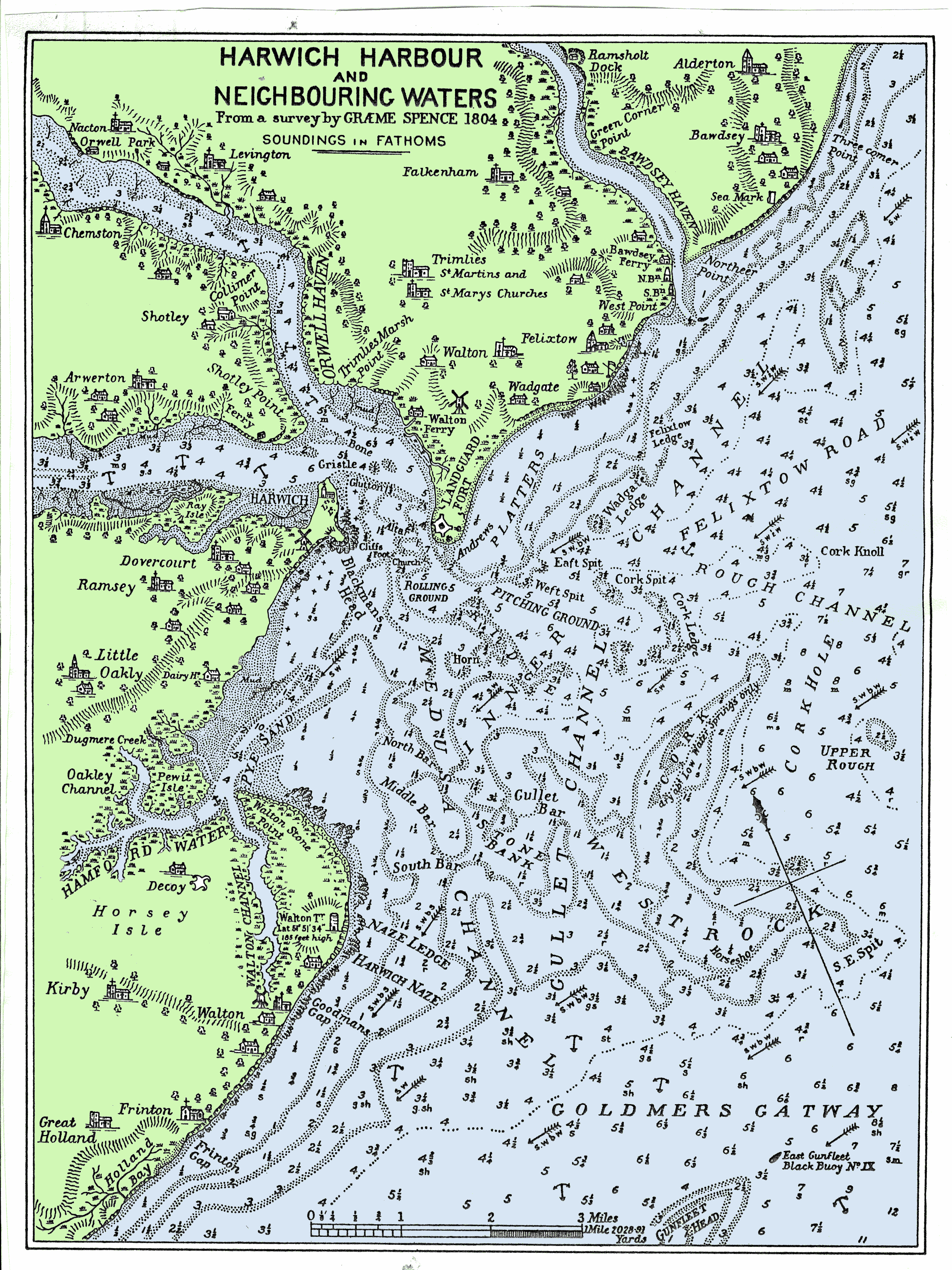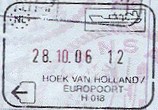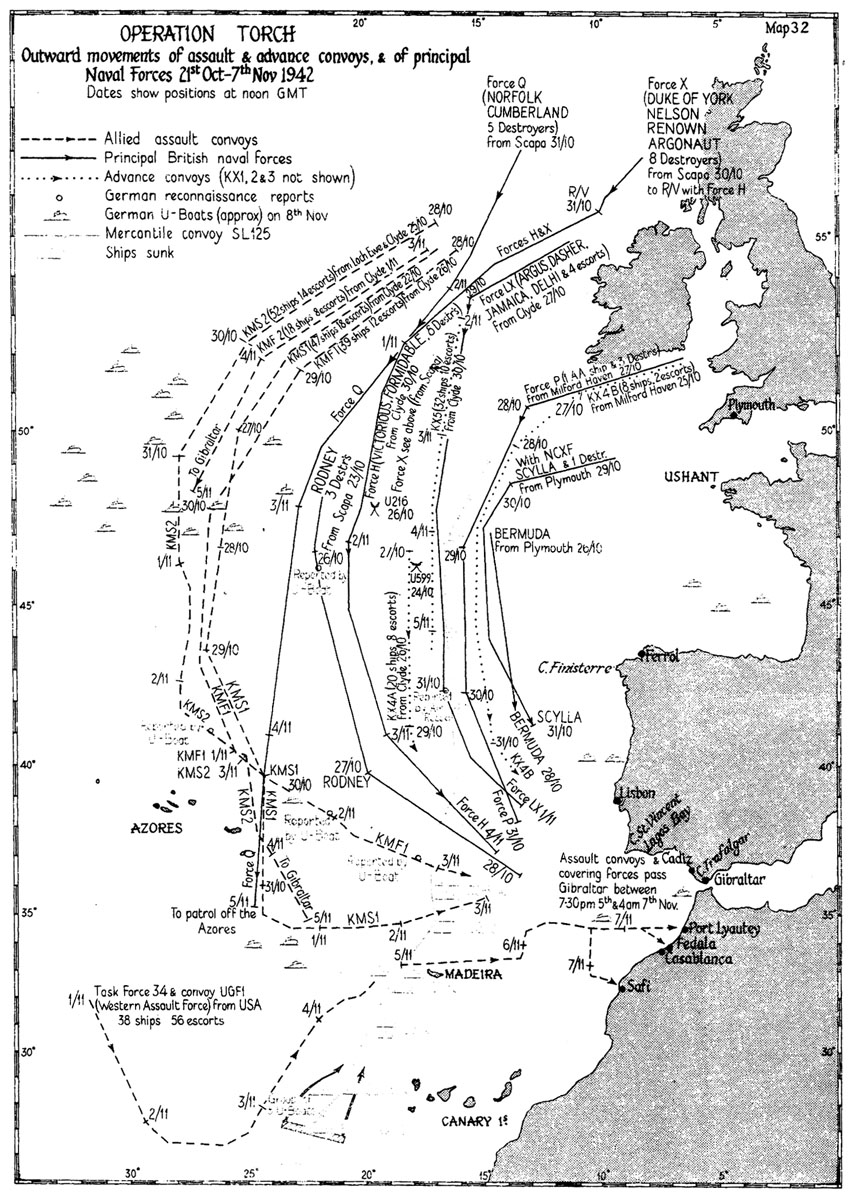|
HMS Princess Beatrix
HMS ''Princess Beatrix'' was a commando troop ship of the Royal Navy during the Second World War. Built as a civilian passenger liner in 1939, she was named the MS ''Prinses Beatrix'', after Princess Beatrix of the Netherlands, and operated by Stoomvaart Maatschappij Zeeland (SMZ) (The Zealand Steamship Company) between Flushing and Harwich, along with her sister ship, MS ''Koningin Emma''. After fleeing to Britain after the German invasion in 1940, she was requisitioned by the British Ministry of War Transport, renamed HMS ''Princess Beatrix'' and converted to a troopship at Harland and Wolff's yard in Belfast. During the war her main role was transporting British Commandos, and she participated in the Lofoten Islands Raid and the Dieppe Raid. She had the advantage of a high speed that allowed hit and run operations. Later designated as a landing ship, infantry (medium) she took part in the landings in North Africa, Sicily, Salerno, Anzio, and southern France. In 1 ... [...More Info...] [...Related Items...] OR: [Wikipedia] [Google] [Baidu] |
Beatrix Of The Netherlands
Beatrix (Beatrix Wilhelmina Armgard, ; born 31 January 1938) is a member of the Dutch royal house who reigned as Queen of the Netherlands from 1980 until her abdication in 2013. Beatrix is the eldest daughter of Queen Juliana and her husband, Prince Bernhard of Lippe-Biesterfeld. Upon her mother's accession in 1948, she became heir presumptive. Beatrix attended a public primary school in Canada during World War II, and then finished her primary and secondary education in the Netherlands in the post-war period. In 1961, she received her law degree from Leiden University. In 1966, Beatrix married Claus von Amsberg, a German diplomat, with whom she had three children. When her mother abdicated on 30 April 1980, Beatrix succeeded her as queen. Beatrix's reign saw the country's Caribbean possessions reshaped with Aruba's Status aparte, secession and becoming its own Countries of the Kingdom of the Netherlands, constituent country within the kingdom in 1986. This was followed by ... [...More Info...] [...Related Items...] OR: [Wikipedia] [Google] [Baidu] |
Harwich
Harwich is a town in Essex, England, and one of the Haven ports on the North Sea coast. It is in the Tendring district. Nearby places include Felixstowe to the north-east, Ipswich to the north-west, Colchester to the south-west and Clacton-on-Sea to the south. It is the northernmost coastal town in Essex. Its position on the estuaries of the Stour and Orwell rivers, with its usefulness to mariners as the only safe anchorage between the Thames and the Humber, led to a long period of civil and military maritime significance. The town became a naval base in 1657 and was heavily fortified, with Harwich Redoubt, Beacon Hill Battery, and Bath Side Battery. Harwich is the likely launch point of the ''Mayflower'', which carried English Puritans to North America, and is the presumed birthplace of ''Mayflower'' captain Christopher Jones. Harwich today is contiguous with Dovercourt and the two, along with Parkeston, are often referred to collectively as ''Harwich''. History The tow ... [...More Info...] [...Related Items...] OR: [Wikipedia] [Google] [Baidu] |
Hook Of Holland
Hook of Holland ( nl, Hoek van Holland, ) is a town in the southwestern corner of Holland, hence the name; ''hoek'' means "corner" and was the word in use before the word ''kaap'' – "cape", from Portuguese ''cabo'' – became Dutch. The English translation using Hook is a false cognate of the Dutch Hoek, but has become commonplace (in official government records in English, the name tends not to get translated and Hoek van Holland is used). It is located at the mouth of the New Waterway shipping canal into the North Sea. The town is administered by the municipality of Rotterdam as a district of that city. Its district covers an area of 16.7 km2, of which 13.92 km2 is land. On 1 January 1999 it had an estimated population of 9,400. Towns near "the Hook" ( nl, "de Hoek") include Monster, 's-Gravenzande, Naaldwijk and Delft to the northeast, and Maassluis to the southeast. On the other side of the river is the Europort and the Maasvlakte. The wide sandy beach, one sectio ... [...More Info...] [...Related Items...] OR: [Wikipedia] [Google] [Baidu] |
Operation Dragoon
Operation Dragoon (initially Operation Anvil) was the code name for the landing operation of the Allied invasion of Provence (Southern France) on 15August 1944. Despite initially designed to be executed in conjunction with Operation Overlord, the Allied landing in Normandy, the lack of available resources led to a cancellation of the second landing. By July 1944 the landing was reconsidered, as the clogged-up ports in Normandy did not have the capacity to adequately supply the Allied forces. Concurrently, the French High Command pushed for a revival of the operation that would include large numbers of French troops. As a result, the operation was finally approved in July to be executed in August. The invasion sought to secure the vital ports on the French Mediterranean coast and increase pressure on the German forces by opening another front. After preliminary commando operations, the US VI Corps landed on the beaches of the Côte d'Azur under the shield of a large naval task f ... [...More Info...] [...Related Items...] OR: [Wikipedia] [Google] [Baidu] |
Operation Shingle
The Battle of Anzio was a battle of the Italian Campaign of World War II that took place from January 22, 1944 (beginning with the Allied amphibious landing known as Operation Shingle) to June 5, 1944 (ending with the capture of Rome). The operation was opposed by German forces in the area of Anzio and Nettuno. The operation was initially commanded by Major General John P. Lucas, of the U.S. Army, commanding U.S. VI Corps with the intent to outflank German forces at the Winter Line and enable an attack on Rome. The success of an amphibious landing at that location, in a basin consisting substantially of reclaimed marshland and surrounded by mountains, depended on the element of surprise and the swiftness with which the invaders could build up strength and move inland relative to the reaction time and strength of the defenders. Any delay could result in the occupation of the mountains by the defenders and the consequent entrapment of the invaders. Lieutenant General Mark W. Cl ... [...More Info...] [...Related Items...] OR: [Wikipedia] [Google] [Baidu] |
Allied Invasion Of Italy
The Allied invasion of Italy was the Allied amphibious landing on mainland Italy that took place from 3 September 1943, during the Italian campaign (World War II), Italian campaign of World War II. The operation was undertaken by General (United Kingdom), General Harold Alexander, 1st Earl Alexander of Tunis, Sir Harold Alexander's 15th Army Group (comprising General (United States), General Mark W. Clark's Fifth United States Army, American Fifth Army and General Bernard Montgomery's Eighth Army (United Kingdom), British Eighth Army) and followed the successful Allied invasion of Sicily, Allied Invasion of Sicily. The main invasion force landed around Salerno on 9 September on the western coast in Operation Avalanche, while two supporting operations took place in Calabria (Operation Baytown) and Taranto (Operation Slapstick). Background Allied plan Following the defeat of the Axis powers, Axis Powers in Tunisian campaign, North Africa in May 1943, there was disagreement bet ... [...More Info...] [...Related Items...] OR: [Wikipedia] [Google] [Baidu] |
Allied Invasion Of Sicily
The Allied invasion of Sicily, also known as Operation Husky, was a major campaign of World War II in which the Allied forces invaded the island of Sicily in July 1943 and took it from the Axis powers ( Fascist Italy and Nazi Germany). It began with a large amphibious and airborne operation, followed by a six-week land campaign, and initiated the Italian campaign. To divert some of the Axis forces to other areas, the Allies engaged in several deception operations, the most famous and successful of which was Operation Mincemeat. Husky began on the night of 9–10 July 1943 and ended on 17 August. Strategically, Husky achieved the goals set out for it by Allied planners; the Allies drove Axis air, land and naval forces from the island and the Mediterranean sea lanes were opened for Allied merchant ships for the first time since 1941. These events led to the Italian leader, Benito Mussolini, being toppled from power in Italy on 25 July, and to the Allied invasion of Italy on 3 ... [...More Info...] [...Related Items...] OR: [Wikipedia] [Google] [Baidu] |
Operation Torch
Operation Torch (8 November 1942 – Run for Tunis, 16 November 1942) was an Allies of World War II, Allied invasion of French North Africa during the Second World War. Torch was a compromise operation that met the British objective of securing victory in North Africa while allowing American armed forces the opportunity to engage in the fight against Nazi Germany on a limited scale. It was the first mass involvement of US troops in the Mediterranean and Middle East theatre of World War II, European–North African Theatre, and saw the first major airborne assault carried out by the United States. While the French colonies were formally aligned with Germany via Vichy France, the loyalties of the population were mixed. Reports indicated that they might support the Allies. American General Dwight D. Eisenhower, supreme commander of the Allied forces in Mediterranean Theater of Operations, planned a three-pronged attack on Casablanca (Western), Oran (Center) and Algiers (Easter ... [...More Info...] [...Related Items...] OR: [Wikipedia] [Google] [Baidu] |
Dieppe Raid
Operation Jubilee or the Dieppe Raid (19 August 1942) was an Allied amphibious attack on the German-occupied port of Dieppe in northern France, during the Second World War. Over 6,050 infantry, predominantly Canadian, supported by a regiment of tanks, were put ashore from a naval force operating under protection of Royal Air Force (RAF) fighters. The port was to be captured and held for a short period, to test the feasibility of a landing and to gather intelligence. German coastal defences, port structures and important buildings were to be demolished. The raid was intended to boost Allied morale, demonstrate the commitment of the United Kingdom to re-open the Western Front and support the Soviet Union, fighting on the Eastern Front. Aerial and naval support was insufficient to enable the ground forces to achieve their objectives; the tanks were trapped on the beach and the infantry was largely prevented from entering the town by obstacles and German fire. After less than si ... [...More Info...] [...Related Items...] OR: [Wikipedia] [Google] [Baidu] |
Operation Claymore
Operation Claymore was a British commando raid on the Norwegian Lofoten Islands during the Second World War. The Lofoten Islands were an important centre for the production of fish oil and glycerine, used in the German war economy. The landings were carried out on 4 March 1941, by the men of No. 3 Commando, No. 4 Commando, a Royal Engineers section and 52 men from the Norwegian Independent Company 1. Supported by the 6th Destroyer Flotilla and two troop transports of the Royal Navy, the force made an unopposed landing and generally continued to meet no opposition. The original plan was to avoid contact with German forces and inflict the maximum of damage to German-controlled industry. They achieved their objective of destroying fish oil factories and some of oil and glycerine. The British experienced only one accident; an officer injuring himself with his own revolver and returned with some 228 German prisoners, 314 loyal Norwegian volunteers and a number of Quisling regime c ... [...More Info...] [...Related Items...] OR: [Wikipedia] [Google] [Baidu] |
British Commandos
The Commandos, also known as the British Commandos, were formed during the Second World War in June 1940, following a request from Winston Churchill, for special forces that could carry out raids against German-occupied Europe. Initially drawn from within the British Army from soldiers who volunteered for the Special Service Brigade, the Commandos' ranks would eventually be filled by members of all branches of the British Armed Forces and a number of foreign volunteers from German-occupied countries. By the end of the war 25,000 men had passed through the Commando course at Achnacarry. This total includes not only the British volunteers, but volunteers from Greece, France, Belgium, Netherlands, Canada, Norway, Poland, and the United States Army Rangers and Marine Raiders, US Marine Corps Raiders, which were modelled on the Commandos.Moreman, p.40. Reaching a wartime strength of over 30 units and four assault brigades, the Commandos served in all theatres of war from the Arctic C ... [...More Info...] [...Related Items...] OR: [Wikipedia] [Google] [Baidu] |



_at_Anzio.jpg)



.jpg)